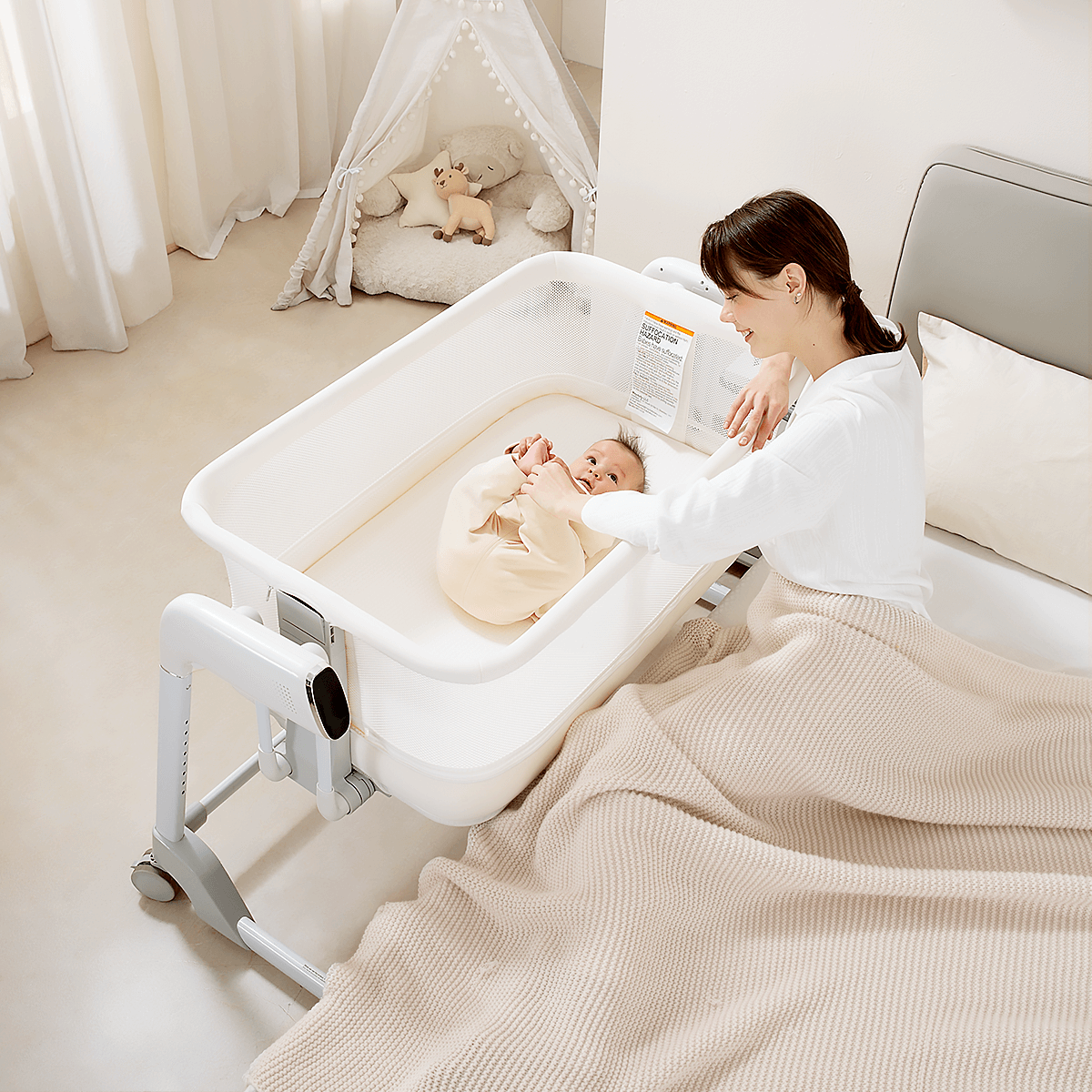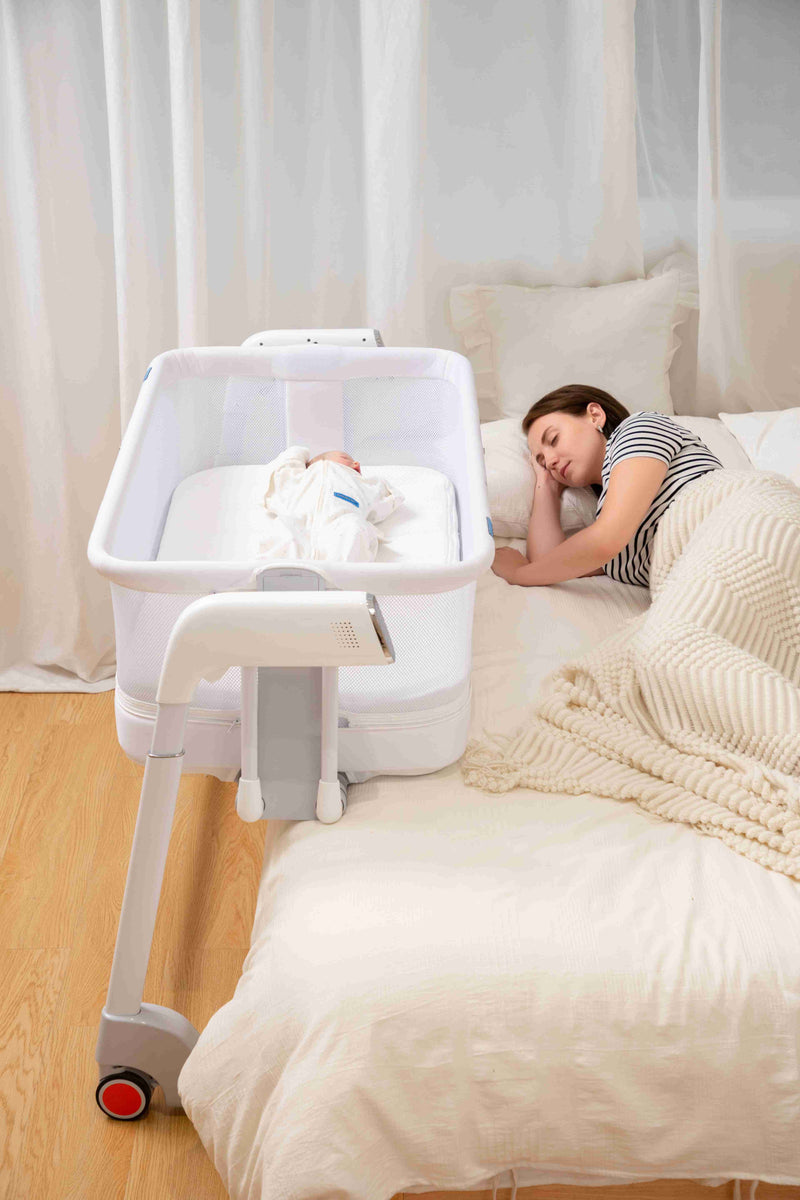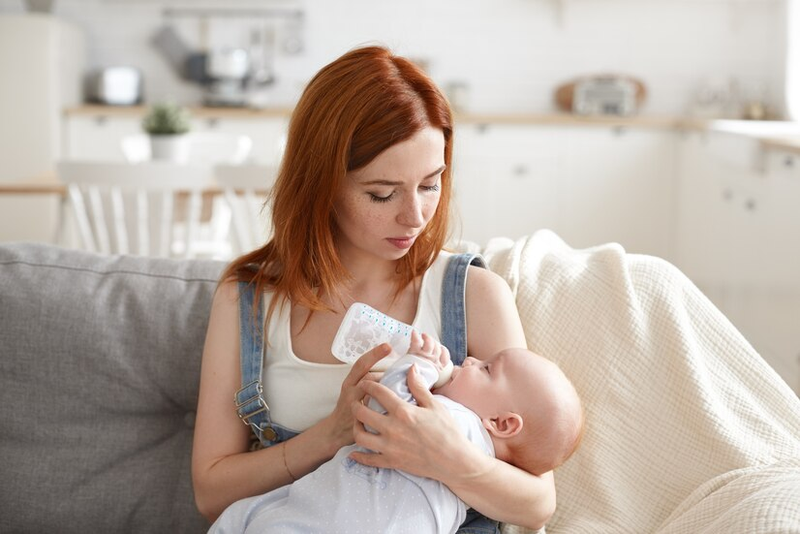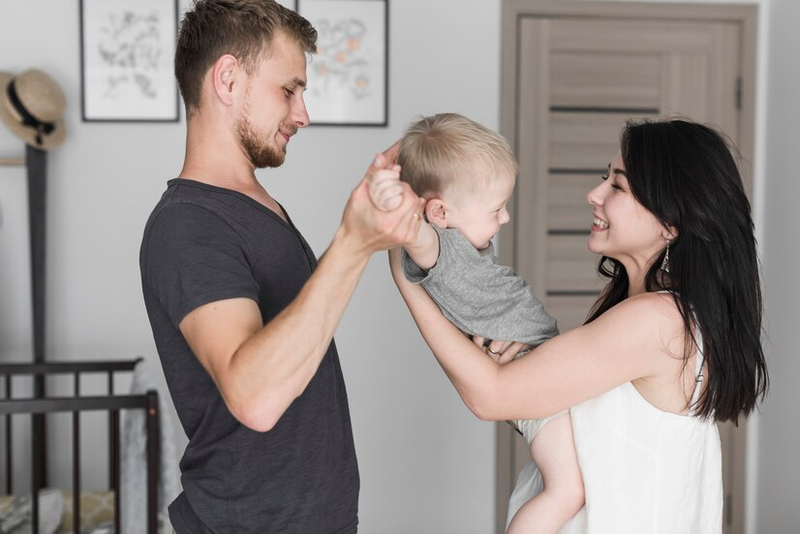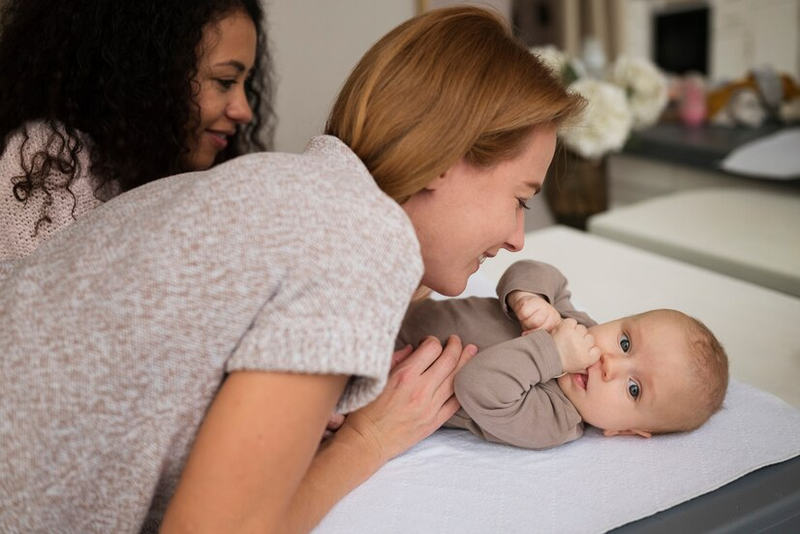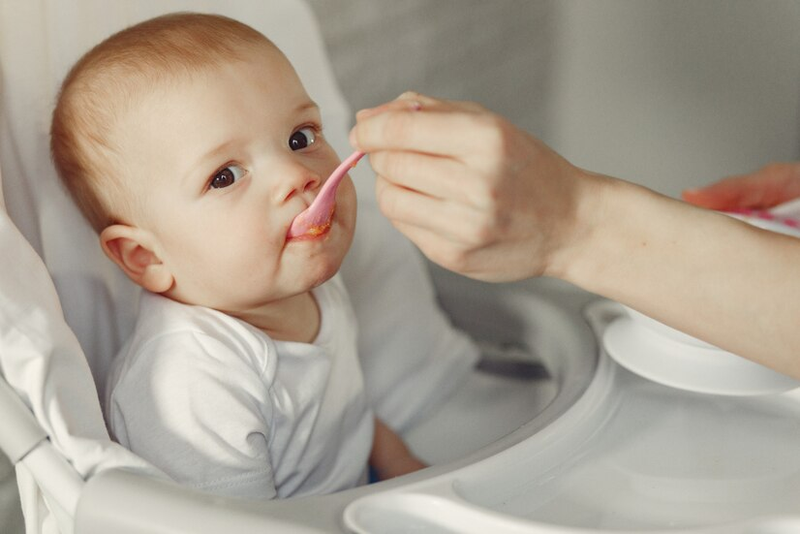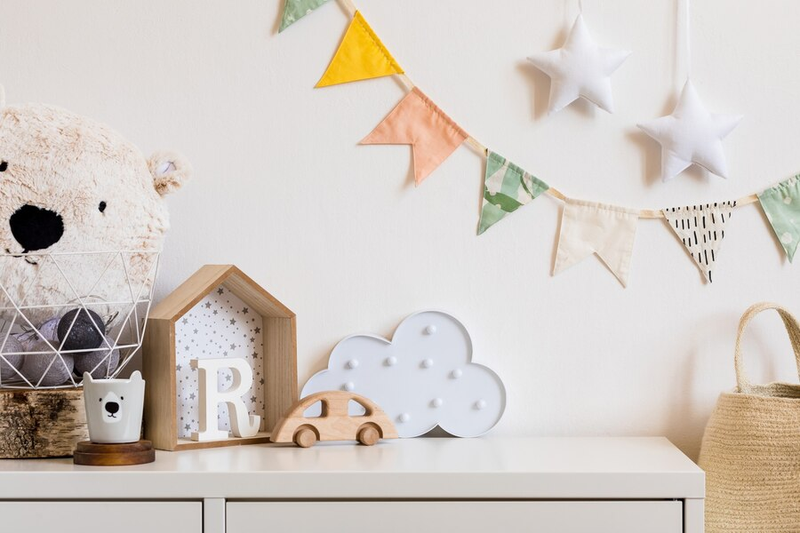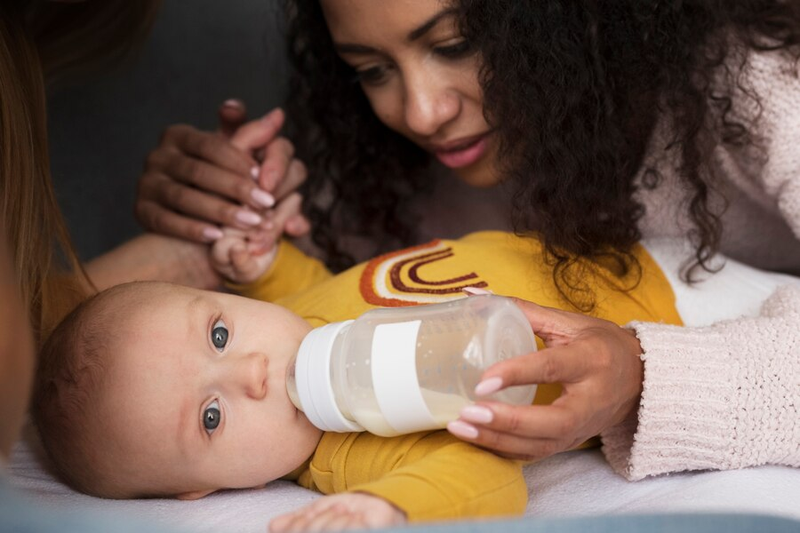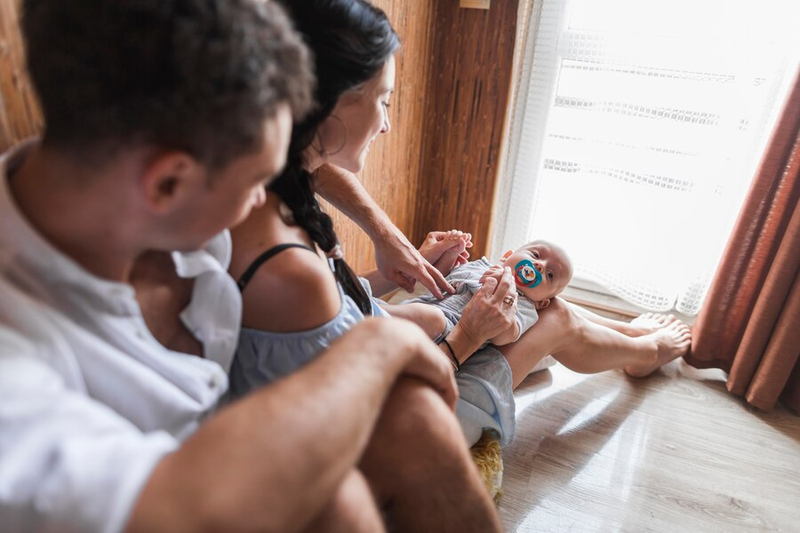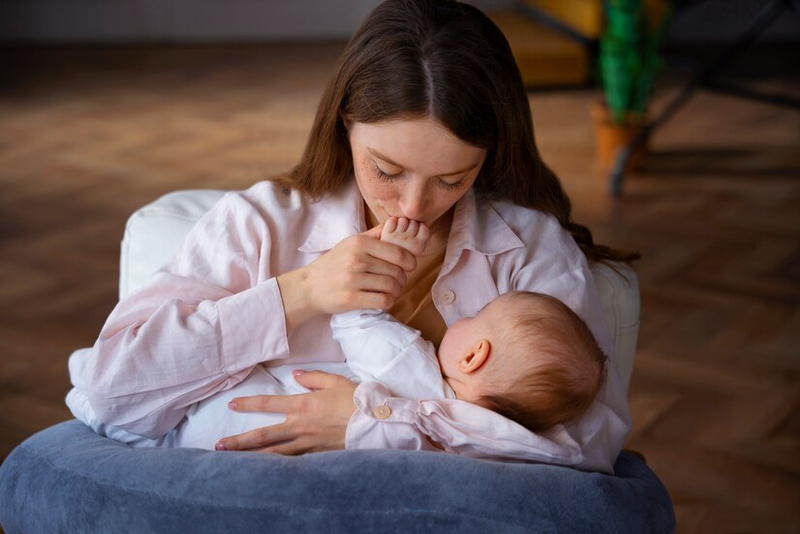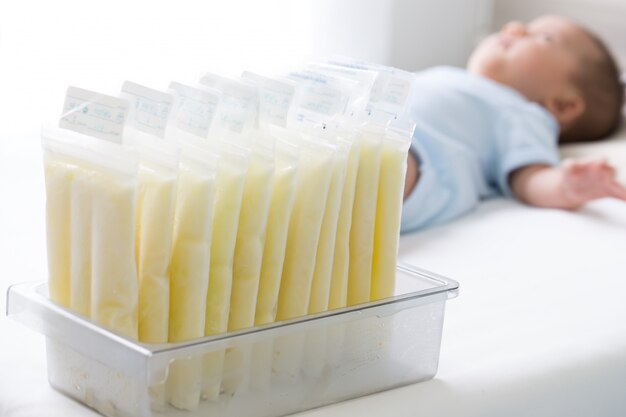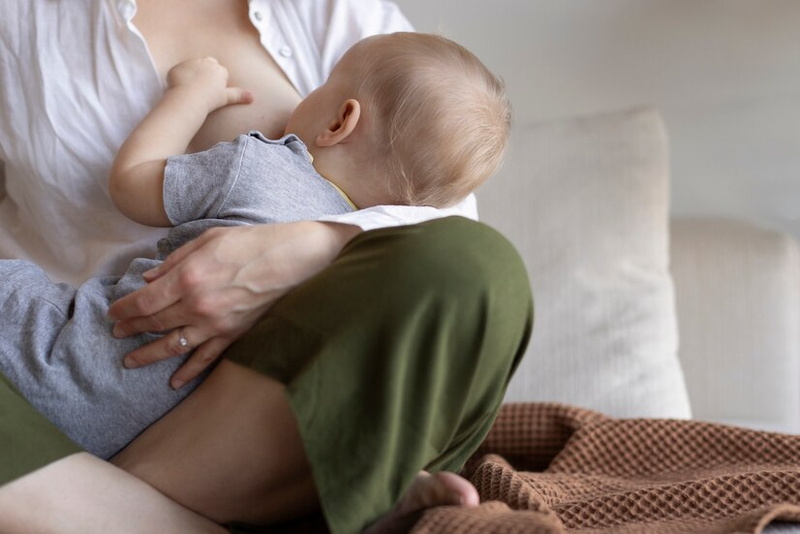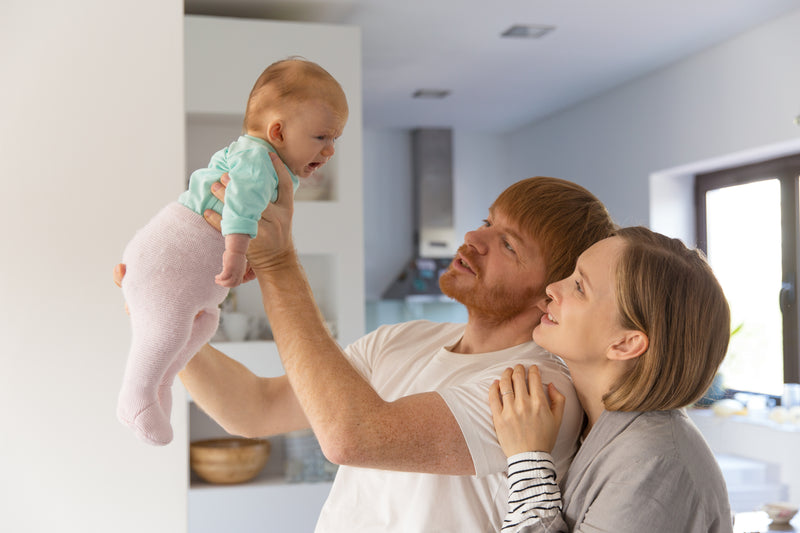When you're expecting a baby, your shopping list seems endless — diapers, onesies, bottles, strollers. But one question always comes up: Do you need a bassinet? Or more specifically, is a bassinet necessary for those first few months?
This question is especially common among first-time parents and even some seasoned ones. The answer? It depends — on your lifestyle, space, and parenting goals. In this comprehensive guide, we’ll break down everything you need to know about bassinets: what they are, why they matter, alternatives, safety considerations, and when upgrading to a crib is necessary. We’ll also introduce you to an innovative solution at the end — the smart bassinet by Maydolly.
What Is a Bassinet?
A bassinet is a small, cozy sleeping space specifically designed for newborns, usually up to about 4–6 months of age. They’re typically more compact than a crib and often feature breathable mesh sides, portability, and height adjustability for bedside use.
Key Features of a Traditional Bassinet:
-
Shallow sleeping area suitable for infants
-
Lightweight and often portable
-
Designed for close proximity to parents’ beds
-
Usually includes mesh sides for breathability
Check out Maydolly’s full range of baby bassinets to see examples of modern designs.
Is a Bassinet Necessary?
The short answer: No, a bassinet is not strictly necessary, but it can be extremely beneficial for many families, especially in the first few months. Let’s explore the reasons why.
1. Safe Sleep Recommendations
Organizations like the American Academy of Pediatrics (AAP) recommend room-sharing for at least the first 6 months — and ideally for the first year. A bassinet makes this recommendation easier to follow, especially if your room doesn’t have space for a full-sized crib.
2. Convenience and Accessibility
Nighttime feedings, diaper changes, and soothing sessions become far more manageable when your baby is within arm’s reach. A bassinet positioned beside your bed lets you check on your baby without fully waking up or leaving your bed.
3. Compact Size for Smaller Spaces
Living in a small apartment or temporarily staying with family? A full-sized crib might not fit easily. Bassinets are a practical solution when space is limited.
4. Portability Around the House
Many bassinets are lightweight and come with wheels, making it easy to move your sleeping baby from the bedroom to the living room, or wherever you are. This feature supports daytime naps without compromising on supervision.
When a Crib Might Be Enough
While bassinets offer advantages, they aren’t for everyone.
-
Budget-conscious families might skip the bassinet and go straight to a crib, which has a longer lifespan.
-
Parents with larger homes or who prefer nursery-based sleeping from day one may not see the need.
-
Those practicing co-sleeping (where safe and legal) might opt out altogether.
Still, even in these cases, bassinets can provide transitional or temporary convenience — especially in the early, fragile weeks.
How Long Can a Baby Sleep in a Bassinet?
Most bassinets support babies up to 15–20 pounds or until they show signs of rolling over, pushing up on hands/knees, or becoming more mobile — usually around 4 to 6 months.
Some premium models, like the Maydolly smart bassinet, extend usability up to 24 months, thanks to larger sleep surfaces and enhanced safety features.
Bassinet vs. Crib vs. Pack 'n Play
| Feature | Bassinet | Crib | Pack 'n Play |
|---|---|---|---|
| Age Range | 0–6 months (some up to 24) | 0–2+ years | 0–2 years |
| Size | Small | Large | Medium/portable |
| Portability | High | Low | High |
| Lifespan | Short (unless extended) | Long | Moderate |
| Cost | Lower to Mid | Mid to High | Low to Mid |
For parents looking for both a short-term and portable sleep solution, the bassinet hits a sweet spot between safety, convenience, and comfort.
What to Look for in a Bassinet
Whether you're a minimalist or tech-loving parent, choosing the right bassinet requires considering these features:
1. Breathability
Mesh sides improve airflow and reduce the risk of suffocation. This is essential, especially if your baby starts turning in their sleep.
2. Sturdiness
A stable base ensures safety. Avoid bassinets with flimsy legs or an uneven rocking base.
3. Height Adjustability
The ability to match your bed height enhances convenience and minimizes strain on your back during night-time pickups.
4. Rocking or Motion Features
Some bassinets include manual or electric rocking to soothe your baby. This can be especially helpful for newborns who are fussy or have difficulty sleeping.
5. Ease of Cleaning
Babies spit up. They leak. Life happens. Look for models with removable and washable covers.
Common Bassinet Safety Questions
Q: Can a baby sleep in a bassinet all night?
Yes, as long as it meets safety standards and your baby hasn’t outgrown it.
Q: Are bassinets safer than cribs?
Not necessarily — both can be safe when used properly. However, bassinets encourage room-sharing, which the AAP recommends.
Q: Can you use a bassinet instead of a crib?
Yes, for the first few months. Eventually, you’ll need to transition your baby to a crib as they grow and become more mobile.
When to Transition from a Bassinet
Watch for the following signs to move your baby to a crib:
-
Reaching the weight or height limit (usually 15–20 lbs)
-
Rolling over or attempting to sit
-
Outgrowing the bassinet’s dimensions
For long-lasting usage, consider options like the Maydolly smart bassinet, which offers an extended sleep surface and advanced safety technology — suitable up to 24 months.
Bassinet Alternatives
If a traditional bassinet isn’t right for your family, consider:
-
Mini cribs: Smaller than standard cribs but with longer usability than bassinets
-
Co-sleepers: Attach securely to the adult bed
-
Pack 'n Plays with bassinet inserts: Great for travel or temporary setups
Don’t forget to also check out essential nursery items like a baby changing table for added convenience.

Why More Parents Are Choosing Smart Bassinets
In a tech-driven world, it’s no surprise that smart bassinets are trending. These modern marvels combine traditional comfort with innovative features that promote sleep — for both baby and parents.
Meet the Maydolly Smart Bassinet: The Ultimate Sleep Solution
At Maydolly, we believe baby sleep should be safe, smart, and simple. That’s why we created the smart bassinet — a cutting-edge cradle bed designed with your newborn's comfort and your peace of mind in mind.
Key Features:
-
5-Speed Electric Rocking: Soothing motion tailored to your baby’s mood
-
Automatic Cry Detection: Instantly senses and soothes your baby with gentle motion or music
-
12 Melodies + White Noise: Calm and settle your little one effortlessly
-
Ultra Breathable and Washable Mattress: 100% breathable dual-layer design ensures comfort and safety
-
Largest-in-Class Sleep Surface: 40.2" x 24" — plenty of space for growth
-
Adjustable Heights (7 levels): Seamlessly match your bed for safer room-sharing
-
Dual Power Options: Plug in or use batteries — perfect for travel
-
Quick Assembly + Mobility: Lightweight aluminum frame and 4 silent swivel wheels
Safety First: Independent testing confirms the Maydolly smart bassinet poses no serious suffocation risks, unlike many other options.
From newborn to 24 months, this bassinet grows with your baby — combining functionality, innovation, and peace of mind. Whether at home or on the go, the Maydolly smart bassinet offers sleep support like no other.
Explore the full collection of baby bassinets and discover why Maydolly is the trusted choice for modern parents.
Final Thoughts: Do You Need a Bassinet?
A bassinet might not be mandatory, but it’s one of the most convenient and practical tools for navigating those first few months of newborn life. It promotes safe sleep, supports nighttime care, and fits seamlessly into your lifestyle.
And when it comes to choosing one, a smart bassinet like Maydolly’s can offer unmatched convenience, safety, and peace of mind.
Ready to make sleep easier for everyone?
Visit Maydolly today and find the perfect sleep setup for your growing family.

